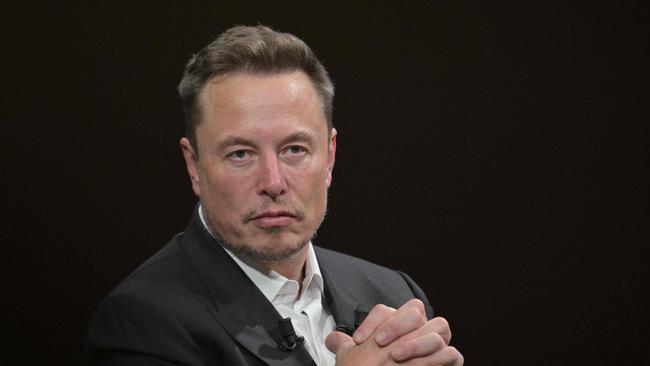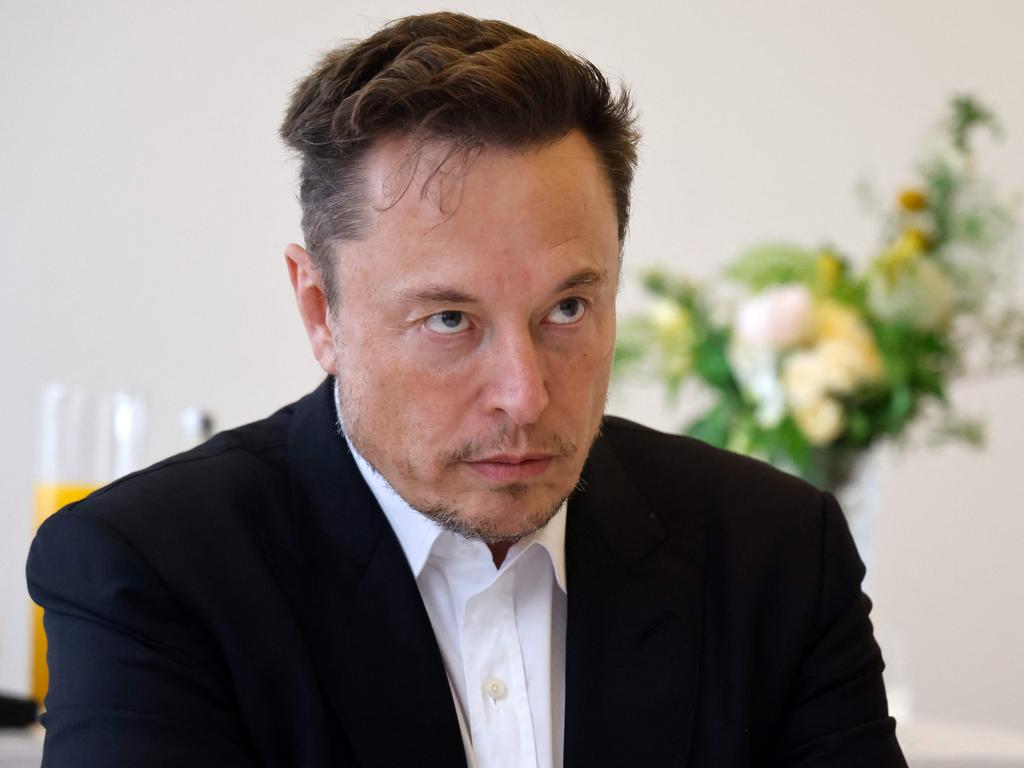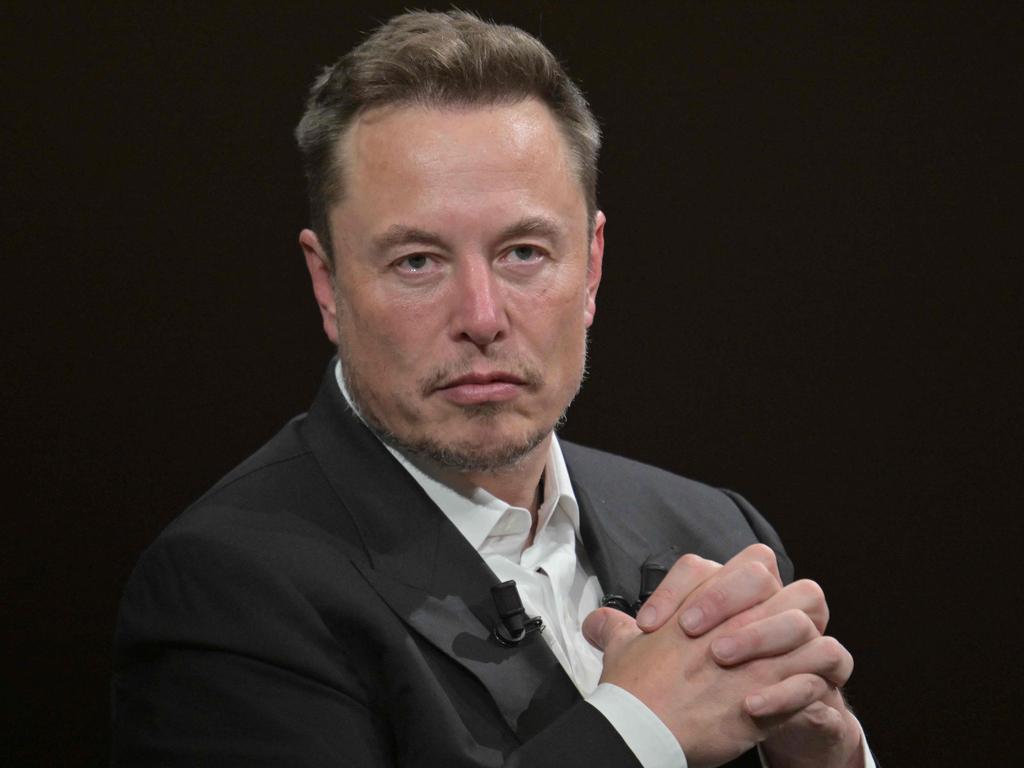‘Elon Musk’ takeaways: book paints complicated picture of the world’s richest man
Walter Isaacson’s new biography peers behind the scenes at the tycoon’s lifestyle and his leadership of Tesla, SpaceX and Twitter.

Walter Isaacson’s new biography of Elon Musk goes on sale Tuesday, offering a behind-the-curtain look into the businesses and lifestyle of the world’s richest man.
“Elon Musk” covers the billionaire’s life through the launch of rocket maker SpaceX’s giant Starship earlier this year, including his childhood and early years in business. Isaacson followed Musk around for two years, getting extraordinary access to his inner circle, and paints a complicated picture of the tycoon.
The book from publisher Simon & Schuster provides new insight on familiar episodes in recent history, including Musk’s takeover of Twitter (the social-media platform now called X), his founding of an artificial-intelligence start-up called xAI, and his pushing electric-car maker
Tesla to develop technologies for driverless cars and humanoid robots.
Running 95 chapters and more than 600 pages, the book is the latest in a series of biographies by Isaacson, a Tulane University history professor and former editor of Time magazine who also has written about Steve Jobs, Benjamin Franklin and Henry Kissinger.
Here are some highlights of “Elon Musk”:
Private life and leadership style
Family life: The book explores Musk’s difficult childhood and dives into his troubled relationship with his father. It also details other aspects of Musk’s personal life, described as often chaotic and messy.
It describes how the billionaire and his on-again, off-again girlfriend Grimes, the musician whose real name is Claire Boucher, secretly had a third child — bringing the total number of his known, living children to 10. They named the boy, birthed by a surrogate mother last year, Techno Mechanicus Musk, and nicknamed him Tau, after the Greek letter, in an obscure mathematical reference to Elon’s own birthday.
Isaacson describes what happened when two other Musk children were born to Neuralink executive Shivon Zilis. She wanted children, and was encouraged by Musk’s thinking on the importance of procreation to fight population declines. Musk offered to be the sperm donor, and their twins were born in 2021.
Grimes, however, didn’t know Musk had fathered the twins until the secret leaked publicly. “Grimes was outraged,” Isaacson writes.
Texas house: The book describes Musk’s flirtation with building a house across the Colorado River from Tesla’s Austin-area factory. “It should be like something fell out of space, like a structure from another galaxy landed in the lake,” Musk is quoted as saying. At one point, Musk mused that the building could incorporate a shard of glass emerging from a lake.
The Wall Street Journal reported in July that Tesla employees were working on a secret project last year that was described internally as a house for Musk. Federal prosecutors and the Securities and Exchange Commission are investigating Tesla’s use of company funds for the project, the Journal reported.
Musk and his representatives haven’t responded to questions about the project or the investigations. On X, Musk has said he isn’t building a glass house but hasn’t addressed prior plans or work on the idea.
Musk management: The book describes examples of Musk’s “hardcore” leadership style. At SpaceX, for example: “Musk has a rule about responsibility: every part, every process and every specification needs to have a name attached. He can be quick to personalise blame when something goes wrong.”
Isaacson asks whether a restrained Musk could accomplish as much as an unbound one and concluded:
“Is being unfiltered and untethered integral to who he is? Could you get the rockets to orbit or the transition to electric vehicles without accepting all aspects of him, hinged and unhinged? Sometimes great innovators are risk-seeking man-children who resist potty training. They can be reckless, cringeworthy, sometimes even toxic. They can also be crazy. Crazy enough to think they can change the world.”
Taking over Twitter
Linda Yaccarino: At a conference in April, then-ad executive Yaccarino privately suggested to Musk that he could hire her to run Twitter. Since Musk didn’t want to give up too much control, Yaccarino suggested their relationship could work like a relay race, with Musk building the product and her selling it, Isaacson writes. She has since become X’s chief executive.
Advertiser tensions: Amid advertiser concern about Musk’s handling of Twitter, Musk spoke with David Zaslav for more than an hour. The Warner Bros. Discovery CEO told Musk that he was doing self-destructive things that were making it harder to attract some brands and that he should focus on improving Twitter’s product.
Firing employees: Musk told his team to root out Twitter employees who were untrustworthy. Musk’s lieutenants scoured Slack messages and social-media postings looking for disgruntled employees, searching for keywords including “Elon.” Dozens of employees were fired.
Rushing to save money: Musk’s management style could be reckless, Isaacson writes. Just before Christmas, Musk wanted to save money by shutting down Twitter’s Sacramento, California, data centre and moving those servers to another Twitter site. Staff warned it would take months.
Instead, Musk abruptly went to the data centre himself with several lieutenants and, on Christmas Eve, they hired moving vans and began moving servers. Isaacson writes that Twitter subsequently suffered technical problems and that Musk later said the shutdown was a mistake.
Driving Tesla
New products: The book spends little time on some key issues such as recent executive turnover and succession at the biggest of Musk’s ventures. But it goes deep on a handful of initiatives, including new products.
Musk has been coy about coming vehicles, teasing two new models in May without sharing details. Isaacson writes that Tesla plans to make both a $US25,000 ($39,090) car and a dedicated robotaxi with a “Cybertruck futuristic feel.” (The Cybertruck is Tesla’s forthcoming pick-up truck.) Musk has been all-in on the idea of a robotaxi, and adamant that the vehicle not have mirrors, pedals or a steering wheel. “We’re going to take that risk. It’s my fault if it f — s up. But we are not going to design some sort of amphibian frog that’s a halfway car,” the book quotes Musk as saying.
Autopilot: Over the years, Musk has had what Isaacson calls a “tug-of-war with his engineers” over whether it was necessary to use radar in addition to cameras to help Tesla’s advanced driver-assistance system detect objects in the roadway.
In early 2021, Musk decided to nix radar, telling employees in an email: “It’s a terrible crutch. I’m not kidding. And it’s clear that camera-only driving is working well,” according to the book. The CEO has since agreed to test a radar system in some Teslas, Isaacson says.
Brand damage: Musk’s behaviour after taking over the company then known as Twitter was damaging enough to Tesla’s brand that board members intervened. “The giant elephant in the room was that he was acting like a f — ing idiot,” said his brother, Kimbal Musk, according to Isaacson, who also writes that Kimbal stopped following Elon’s posts because they were too nerve-racking.
Guiding SpaceX
Shotwell: The book sheds light on Musk’s interactions with longtime SpaceX President Gwynne Shotwell. It portrays her as blunt — saying she once described an early SpaceX sales leader as “a loser” — but also says she has the ability to push back on Musk, and gets irritated at those who won’t do so. Shotwell also is described as caring about “the human dimension that Musk ignores” when dealing with employees.
Cost focus: The book shows an intense cost focus embedded in SpaceX from its earliest days. Musk once ordered engineers to develop an in-house valve after a supplier quoted a price he deemed too high. Another time, he ordered the company to make an actuator for $US5,000 after SpaceX was quoted an outside price of $US120,000.
It didn’t always work out. Once, Musk wanted to glue together broken thrust chambers inside rocket engines, but the epoxy didn’t hold and the chambers had to be redesigned.
Work culture: The book spotlights moments where Musk pushes out longtime employees or icily demands information and is furious when they don’t deliver. In one episode, he quizzed a SpaceX financial analyst over parts in the engine for Starship — and told the employee he would have to resign if he didn’t improve after he failed to adequately answer questions Musk posed. Shotwell felt the staffer struggled because a few weeks before he and his wife lost their newborn child. Musk wasn’t aware of that during the difficult grilling.
Starship. The book reinforces Musk’s intense focus on launching a mission to Mars, a flight that he plans to attempt using SpaceX’s Starship rocket. During the first Starship launch, which ended in an explosion after a few minutes, Musk is described as appearing subdued after the vehicle was destroyed. But he quickly declared victory, because the huge rocket was able to get past the launch pad: “Our goal was to get clear of the pad and explode out of sight, and we did. There’s too much that can go wrong to get to orbit the first time.”
Artificial intelligence
Starting xAI: Musk has given three major objectives to his newest company, the artificial-intelligence venture called xAI: Make an AI bot that can code; produce a chatbot to compete with OpenAI’s ChatGPT; and, in a grander goal, develop a form of AI that would want to preserve humanity and “care about understanding the universe.”
Concern about chatbots: Musk has grown concerned that chatbots such as those from OpenAI and Google could become politically biased and could be used to flood Twitter with scams and false information, Isaacson writes. Musk also began thinking that Twitter’s data could be an asset for developing AI projects.
The Wall Street Journal



To join the conversation, please log in. Don't have an account? Register
Join the conversation, you are commenting as Logout